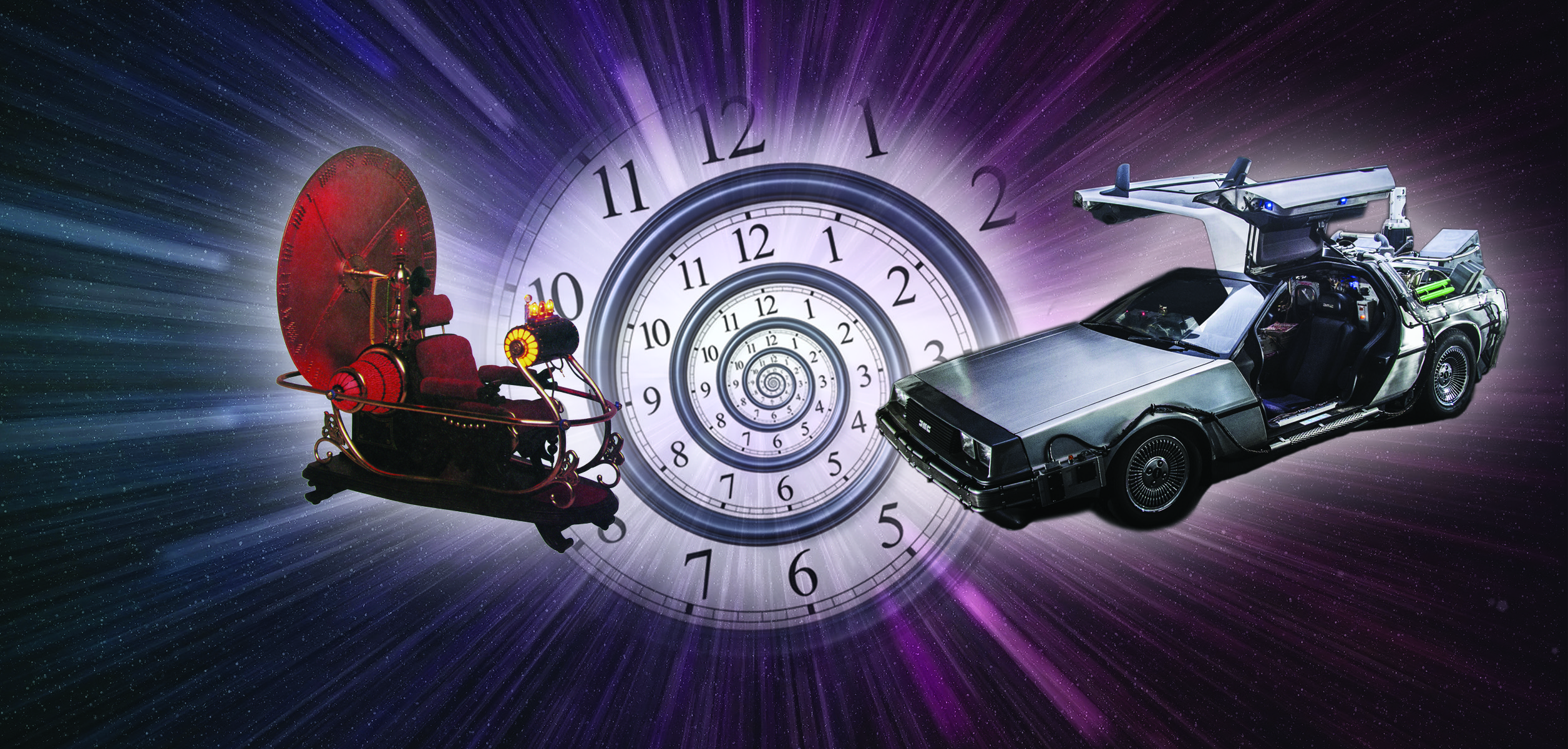

The Use of Guidelines Is A Dispatch Placebo

Best Practices
For most of those who use the IAED™ protocols on a daily basis, it’s probably difficult to imagine what it would be like to handle emergency calls without a structured calltaking system, let alone to think that there is any other way to handle emergency calls. It’s really no surprise, then, that the protocols have been described as “state-of-the-art”1 and “the standard of care for EMS agencies nationwide.”2
Yet only a few decades ago, there was some debate about what was the best approach to emergency dispatch: Was it better to use protocols or guidelines? Although the tide of expert opinion increasingly favored the use of protocols, as did multiple published national standards, a vocal minority in the dispatch community were still making the case for guidelines, taking the position that the role of the emergency dispatcher was to listen, not interrogate. They believed that the use of guidelines treated the emergency dispatcher as an intelligent human being, allowing for a more effective method of evaluating calls, while a protocol system did not.
The opposing viewpoint in support of protocols, and ultimately the prevailing viewpoint, was set forth in the article Protocols vs. Guidelines: Choosing a Medical-Dispatch Program, published in 1994. While providing a full refutation of the case for guidelines—as well as an explanation of how the protocols still depend upon the sound judgment of emergency dispatchers—the most persuasive aspect may be the call transcript included in the article. If a picture paints a thousand words, this call paints a disturbing picture of all that can go wrong when emergency dispatchers follow an unstructured interrogation process.
Only a few years later, the University of Sheffield undertook a study to compare guidelines with protocols in two centers in the U.K. Given the difficulty of comparing a discretionary system with a structured system, the researchers compared compliance rates for mandatory and vital interrogations of the guidelines to their protocol counterparts. The results were alarming. While compliance with respect to vital and mandatory questions was 95.2% for the agency using the protocols (above accreditation levels), the compliance rate for the agency using guidelines was just 40.3%. The takeaway from this study? In a guidelines-based system, even that deemed mandatory ends up being discretionary in practice.3
Airline pilots, astronauts, and bomb disposal experts don’t use guidelines, even though they are exceeding skilled and smart—they use pre-flight checklists and disarmament procedures. In essential, time-restricted work environments, there is not time to “do over” or, worse, make a mistake. It was A.J. Heightman who said, “The use of guidelines is a dispatch placebo,” and once you’ve read the following article, you’ll see why he is 100% correct.
Sources
- Ornato J. “Science of emergency medical dispatch.” Circulation. 2009; 119 (15): 2023-2025.
- Maggiore WA. “Priority medical dispatch is the standard of care.” JEMS. 2004; 29 (3): 160-161.
- Clawson JJ, Dernocoeur KB, Murray C. Principles of Emergency Medical Dispatch. Sixth Edition. Priority Press; Salt Lake City, Utah, USA. 1986.







